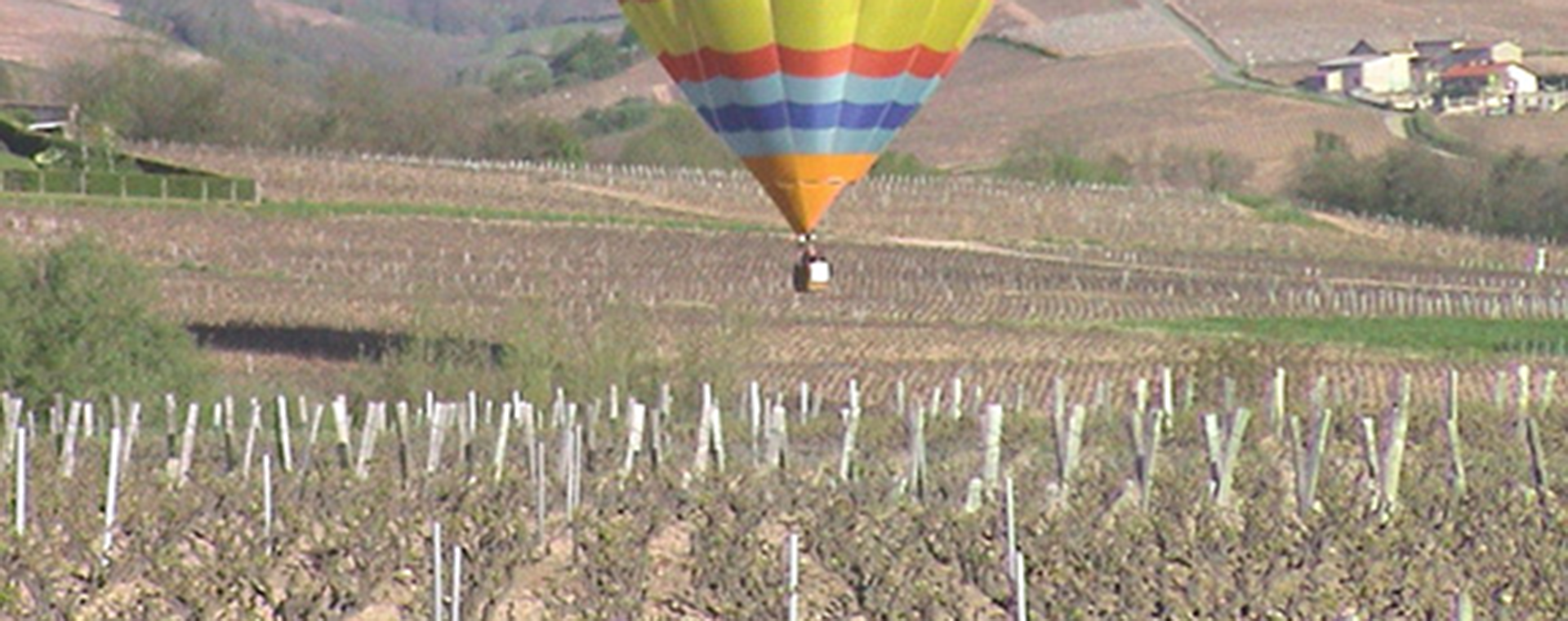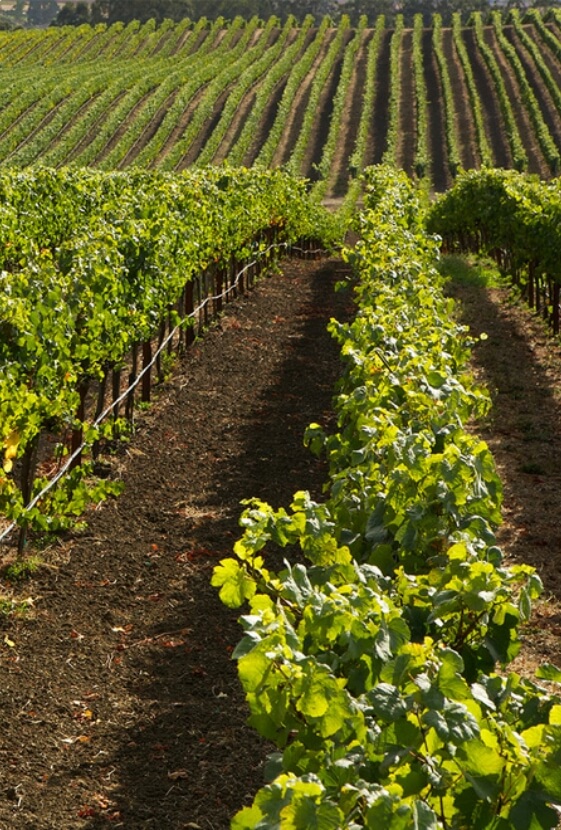
Terroir & Vineyards

From the high-altitude vineyards of Lujan de Cuyo in Argentina to the cool vineyards of Auvergne in France, The Seeker discovers wines where they grow best and delivers tremendous value. There are nine wines, each featuring one of the world’s exceptional wine growing regions and its terroir:
Pinot Grigio
For the Pinot Grigio, grapes were discovered in northern Italy’s Veneto region, where hillside vineyards sit 750 feet above sea level on well-drained, mineral-rich, volcanic basaltic rock and calcareous clay soils. With delicate aromas, this wine is dry, crisp and vibrant.
Chardonnay
For the Chardonnay, the grapes were discovered in cool-climate growing regions of California, from the Central Coast to the Delta Region of the Sacramento River. The variety of vineyards and growing areas are combined to form a tapestry of flavor that creates a balanced, complex and harmonious wine.
Sauvignon Blanc
The Sauvignon Blanc grapes were discovered in cool-climate growing regions of California. The various vineyards and growing areas are expressed through the bold flavors, together creating a balanced, complex and harmonious wine.
Riesling
The Riesling is made from grapes discovered by a husband-and-wife team in the famed Mosel region of Germany. Vineyard sites in Trittenheim and Piesport are steep with fine, mineral-rich slate soil and optimal exposure to sun and wind, giving the wine its distinctive, classic and world-renowned off-dry flavors finely balanced between light sweetness and crisp acidity.
Rosé
Grapes were discovered in French Provence, where vineyard plots overlooking Rousset at the foot of Saint Victoire mountain are influenced by abundant sunshine and Mistral winds. Made from a blend of Grenache and Cinsault, this dry rosé is elegant, fresh and delicately fruity.
Pinot Noir
For the Pinot Noir, the grapes were discovered in Auvergne, a region that has produced Pinot Noir since the 11th century but nearly lost the tradition to phylloxera. Vines that are 15 to 40 years old benefit from rich volcanic soils and a vineyard site at 350 to 500 meters (1,150 to 1,640 feet) in elevation near the 45th parallel. Warm days and cool nights bestow delicacy and finesse to the grapes.
Malbec
For the Malbec, the grapes were discovered in some of Mendoza’s best terroirs, including the Agrelo and Vistaflores subregions. These vineyards are planted at high density in the foothills of the Andes Mountains, situated above 975 meters (3,200 feet), where the elevation, cooler climate and poor soil result in lower yields and balanced wines.
Cabernet Sauvignon
The Cabernet Sauvignon grapes were discovered in Chile’s choice Colchagua and Maipo Valleys. The 17-year-old vineyards have clay and alluvial soils, a dry climate, and proximity to the Andes which produces wide diurnal (day/night) temperature swings. These increase the grapes’ acidity levels and full flavor development.
Red Blend
This truly global Red Blend, luscious and fruit-forward, was discovered by happenstance and good fortune in Chile. The grapes were hand-picked and hand-selected from 17-year-old vineyards planted in clay and alluvial soils in the Colchagua and Maipo Valleys.















